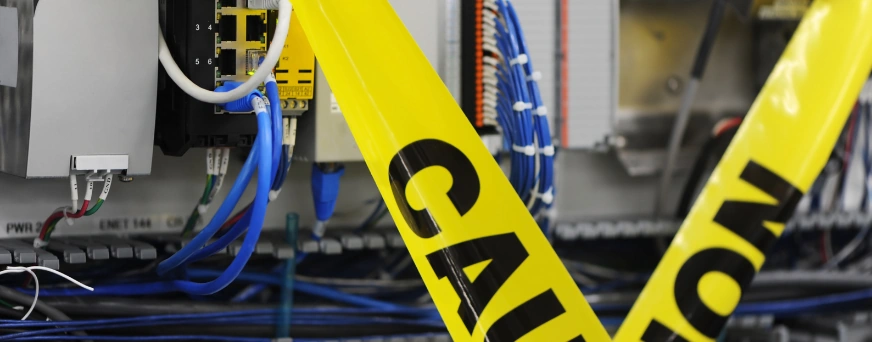
Technology
Understanding And Assessing Workplace Hazards
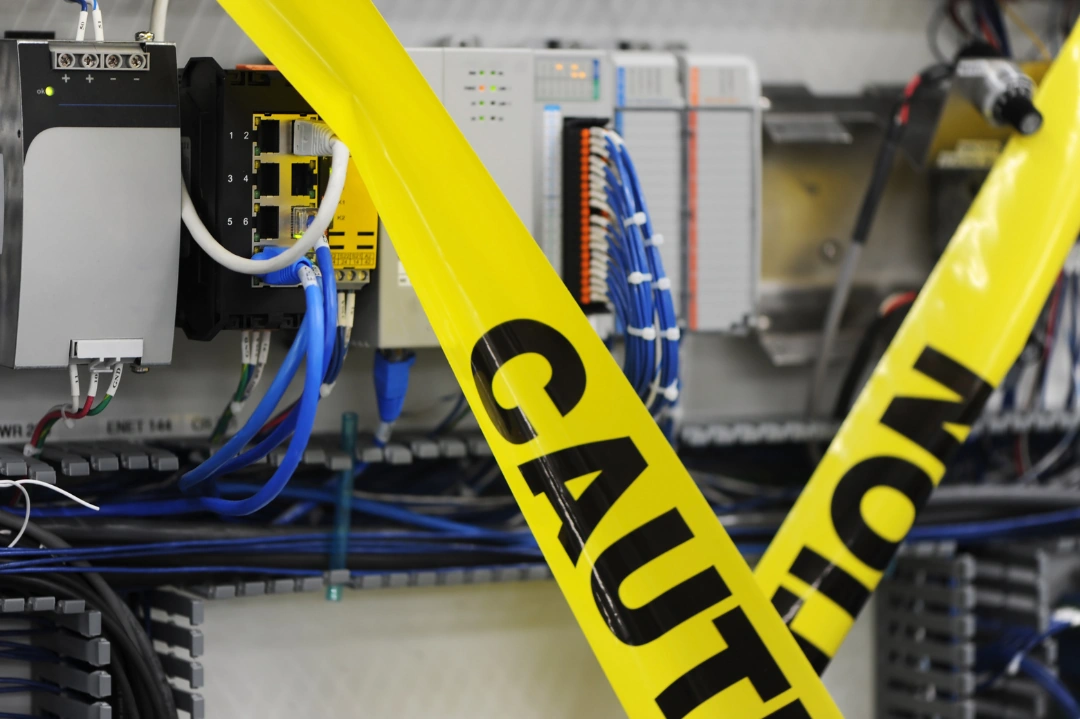
The employers of lone workers face unique challenges in identifying and mitigating risks due to their solitary work environments. By assessing workplace hazards effectively, you can create a safer work environment, enhance employee satisfaction, and ensure compliance with safety standards.
Read MoreWhat Is Personal Protective Equipment, and How Can It Protect My Employees?
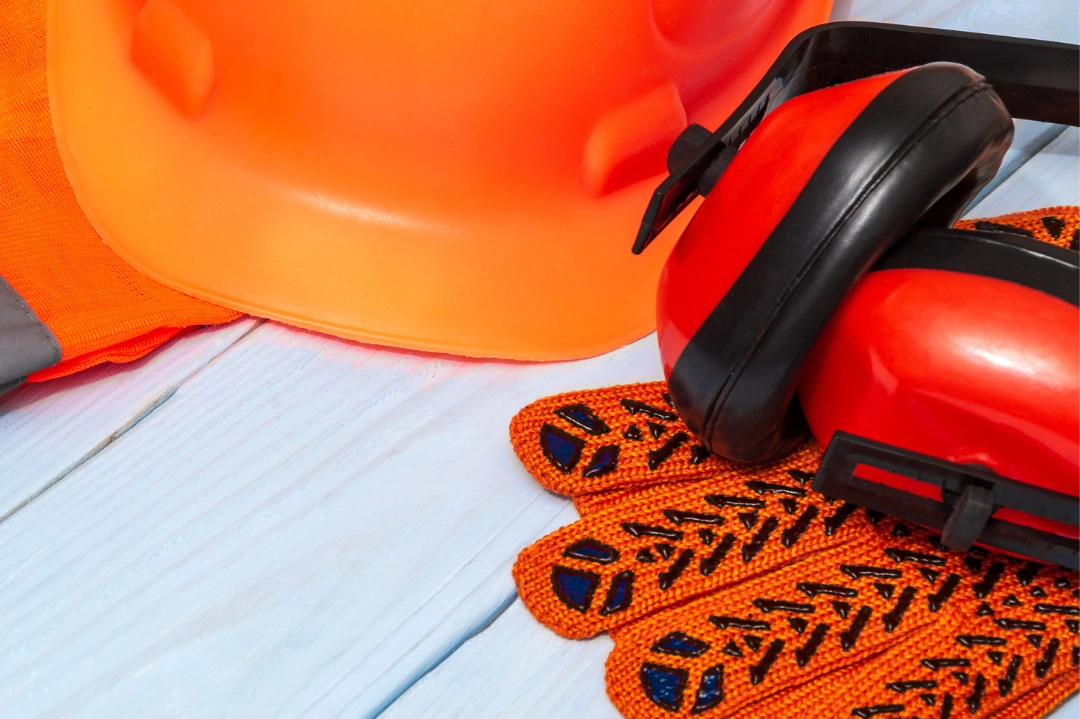
Safety should be a top priority in any workplace, but especially those where employees frequently work alone. To that end, employers of lone workers must understand what personal protective equipment (PPE) is. PPE acts as a barrier against workplace hazards,
Read MoreThe Importance Of Intrinsically Safe Devices

Safety for lone workers in hazardous environments must be a top priority for employers. Intrinsically safe devices are great tools that are designed to prevent ignition in areas with explosive gases, dust, or other dangerous substances.
Read MoreUnderstanding And Managing Ergonomic Hazards
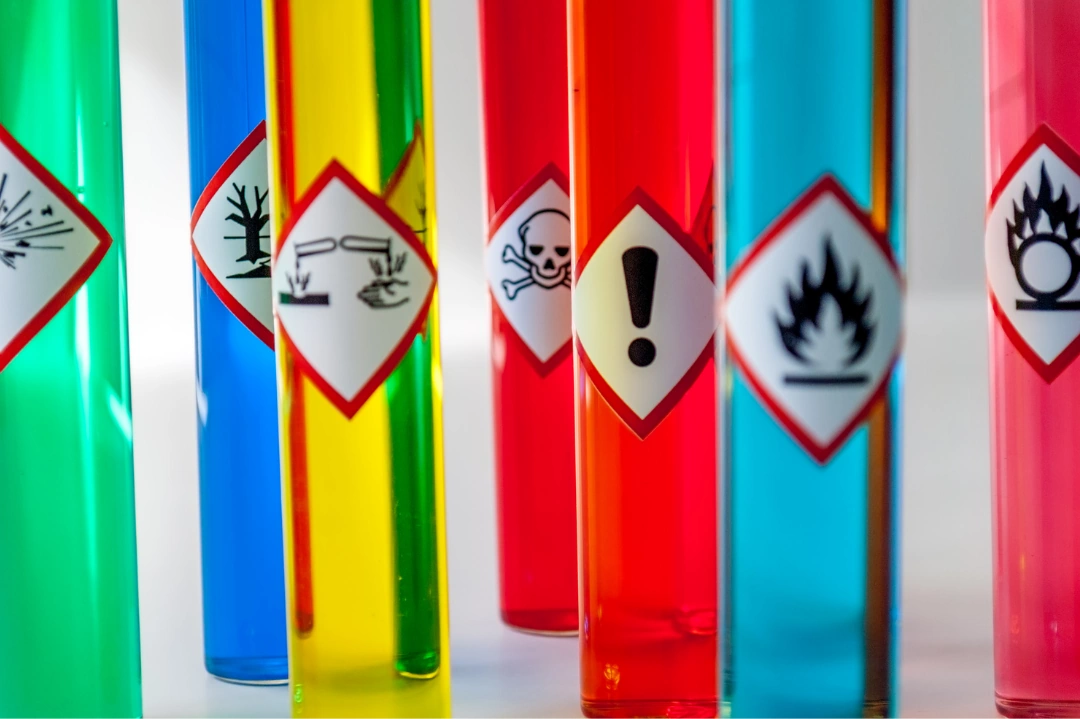
Ergonomic hazards—such as repetitive movements, awkward postures, and extended periods of physical strain—are a significant concern in today’s workplaces. If left unaddressed, these risks can quietly compromise health, reduce efficiency, and lead to long-term injuries
Read MoreOccupational Health And Safety: The Importance Of Risk Prevention In The Workplace
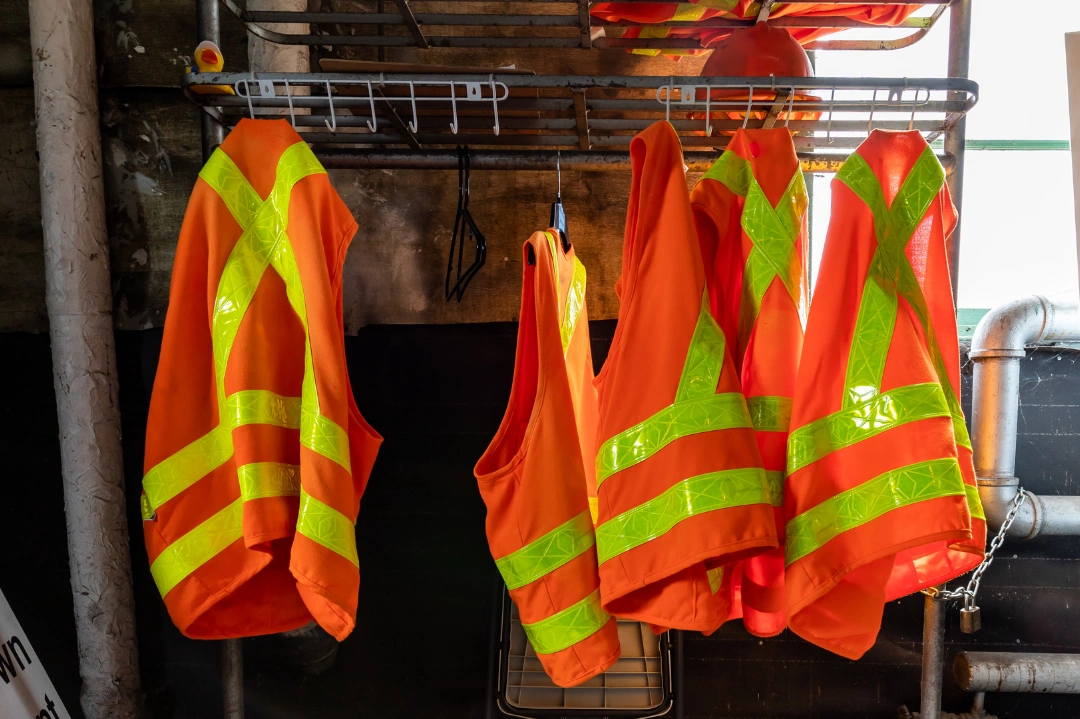
Occupational Health and Safety (OHS) is the standard for workplace safety, outlining practices and policies aimed at protecting workers from hazards. All employers should know the OHS guidelines by heart, especially if they have lone workers in their employ. Lone workers are particularly susceptible to injury and danger.
Read More


